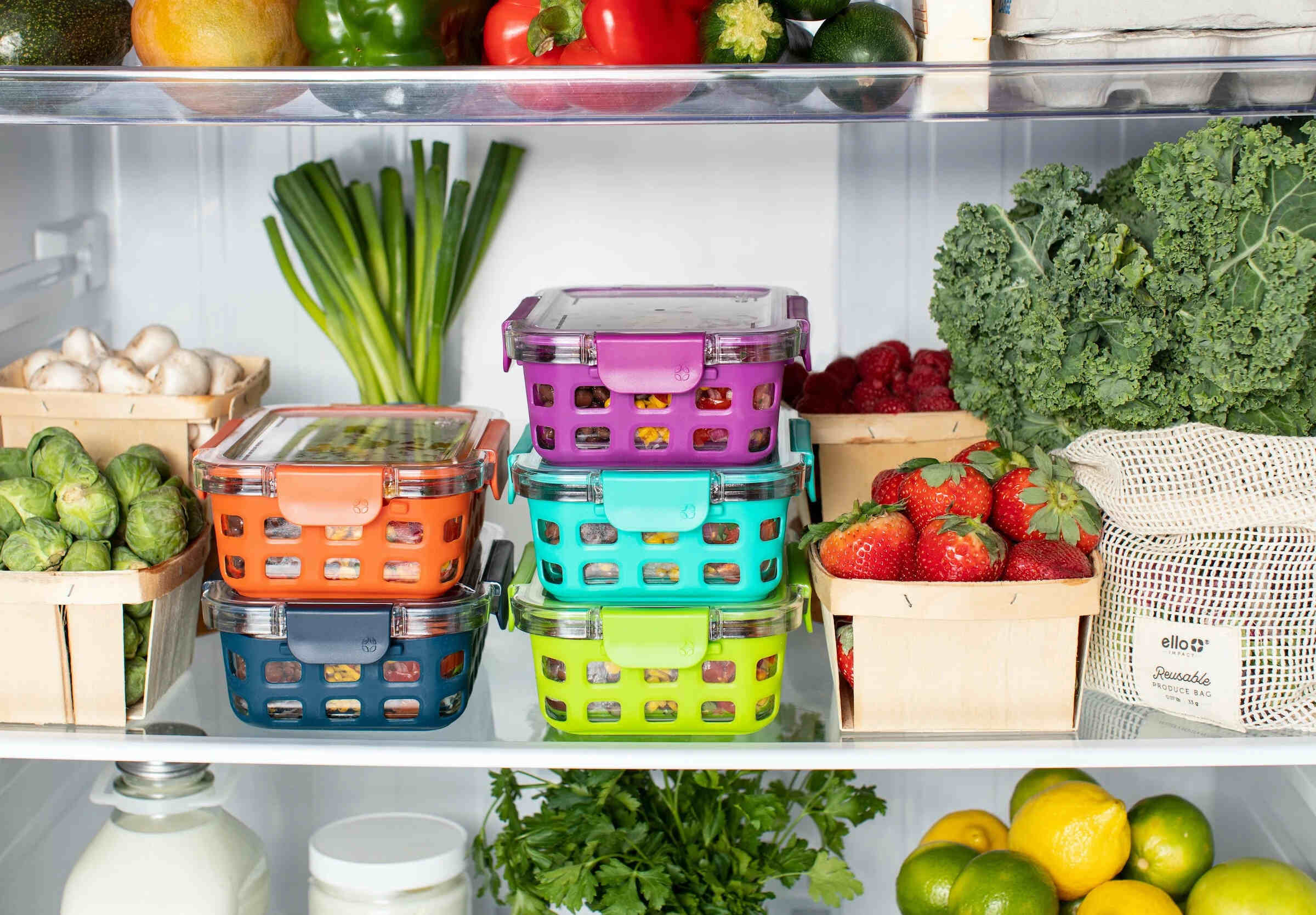

Articles
How To Store Vegetables And Fruits
Modified: January 18, 2024
Learn the best techniques for storing vegetables and fruits to keep them fresh for longer. Read articles on proper storage methods and tips for preserving your produce
(Many of the links in this article redirect to a specific reviewed product. Your purchase of these products through affiliate links helps to generate commission for Storables.com, at no extra cost. Learn more)
Introduction
Proper storage of vegetables and fruits is essential to preserve their freshness, flavor, and nutritional value. Whether you have just harvested a bounty from your garden, bought produce from the local farmers’ market, or stocked up on groceries, knowing how to store vegetables and fruits correctly can help you reduce waste and enjoy them for a longer period. In this article, we will explore the basics of vegetable and fruit storage, including best practices and common mistakes to avoid.
Understanding the fundamentals of storing vegetables and fruits is crucial because different types of produce have varying requirements. Factors such as temperature, humidity, and ethylene sensitivity play a significant role in determining the ideal storage conditions. By implementing proper storage methods, you can extend the shelf life, maintain the quality, and ensure the maximum nutritional value of your fresh produce.
It is important to note that the information provided in this article is general guidance. However, it is always advisable to refer to the specific recommendations for each type of vegetable or fruit, as some varieties may have particular storage requirements.
Now, let’s dive into the best practices for storing vegetables and fruits to make the most of your produce and minimize food waste.
Key Takeaways:
- Proper storage of vegetables and fruits is essential to maintain freshness, flavor, and nutritional value. Understanding temperature, humidity, and airflow is crucial for maximizing shelf life and minimizing food waste.
- Get creative with preservation techniques like blanching, freezing, canning, fermenting, and dehydrating to extend the shelf life of produce. Avoid common mistakes, such as washing before storage, and store ethylene-producing fruits separately to prevent premature spoilage.
Read more: How To Store Fruit
Understanding the basics of vegetable and fruit storage
When it comes to storing vegetables and fruits, it is important to consider factors such as temperature, humidity, airflow, and ethylene sensitivity. These variables influence the ripening process, shelf life, and overall quality of your produce.
Temperature plays a crucial role in vegetable and fruit storage. Most vegetables thrive in cool temperatures ranging from 32°F to 50°F (0°C to 10°C). However, some delicate greens, like lettuce and spinach, prefer slightly warmer temperatures of around 40°F to 50°F (4°C to 10°C). On the other hand, fruits generally require slightly higher temperatures, with most falling between 40°F to 55°F (4°C to 13°C).
Humidity levels also play a significant role in storing vegetables and fruits. Vegetables tend to benefit from higher humidity levels, typically between 85% to 95%, to prevent wilting and drying out. Fruits, however, generally require lower humidity levels ranging from 60% to 75% to avoid excess moisture buildup, which can lead to mold and spoilage.
Adequate airflow is essential for proper vegetable and fruit storage as it helps to control moisture levels and prevent the accumulation of ethylene gas. Ethylene is a natural gas produced by some fruits, like apples and bananas, which can speed up the ripening process and lead to spoilage of ethylene-sensitive produce, such as leafy greens and berries. It is advisable to store ethylene-producing fruits separately from ethylene-sensitive vegetables and fruits.
Now that we have covered the basic principles of vegetable and fruit storage, let’s explore the best practices for storing them to maintain their freshness and quality.
Best practices for storing vegetables
Proper storage of vegetables is essential to preserve their texture, flavor, and nutritional value. Here are some best practices to follow:
1. Clean and dry: Before storing vegetables, make sure to clean them thoroughly to remove any dirt or debris. However, do not wash them until you are ready to use them, as excess moisture can cause them to spoil quickly. Dry the vegetables gently with a paper towel or let them air dry before storage.
2. Remove any damaged parts: Inspect your vegetables and remove any damaged or rotten parts, as they can spread spoilage to the rest of the produce.
3. Store in a cool, dark place: Most vegetables prefer cool temperatures for storage. Find a cool, dark area in your home, such as a pantry or root cellar, where the temperature is consistent. Avoid storing vegetables near windows, as exposure to sunlight can cause them to deteriorate quickly.
4. Properly package: To maintain freshness, store vegetables in breathable containers or bags. You can use perforated plastic bags or reusable mesh bags to allow airflow. Avoid using airtight containers, as they can trap moisture and lead to spoilage.
5. Customize storage conditions: Different vegetables have specific storage requirements. Here are some general guidelines:
- Leafy greens: Remove any rubber bands or ties and store leafy greens, such as lettuce and spinach, in a plastic bag with a paper towel to absorb excess moisture. Place them in the refrigerator’s crisper drawer.
- Root vegetables: Store root vegetables, like carrots, potatoes, and onions, in a cool, dark place, but keep them separate as they can release moisture and affect each other’s freshness.
- Cruciferous vegetables: Vegetables like broccoli and cauliflower are best stored in perforated plastic bags in the refrigerator’s crisper drawer.
- Tomatoes: Store tomatoes at room temperature away from direct sunlight. Keep them stem-side up to prevent moisture loss.
By following these best practices, you can prolong the shelf life of your vegetables and enjoy them at their peak freshness.
Best practices for storing fruits
Proper storage of fruits is essential to ensure their flavor, texture, and nutritional value. Here are some best practices to follow:
1. Sort and inspect: Before storing fruits, sort through them and remove any damaged or overripe ones. Damaged or rotting fruit can accelerate the spoilage process of other fruits.
2. Store at the right temperature: Most fruits prefer slightly higher temperatures than vegetables. Store them at cool room temperature, around 50°F to 55°F (10°C to 13°C), away from direct sunlight. Avoid storing fruits near heat sources or in areas with high humidity.
3. Separate ethylene-producing fruits: Some fruits, like apples, bananas, and avocados, produce ethylene gas as they ripen. This gas can speed up the ripening and spoilage of ethylene-sensitive fruits. It is advisable to store ethylene-producing fruits separately to prevent them from affecting other fruits.
4. Keep fragile fruits separate: Certain delicate fruits, like berries and stone fruits, are prone to bruising and can release ethylene gas. Store them in a single layer or loosely wrap them in paper towels to prevent bruising and maintain their freshness. Avoid washing berries until just before consumption to prevent them from becoming mushy.
5. Utilize the refrigerator: While many fruits can be stored at room temperature, some can benefit from refrigeration to prolong their freshness. These include grapes, citrus fruits, and melons. Place them in the refrigerator’s crisper drawer to maintain their texture and extend their shelf life.
6. Store ripe fruits separately: If you have ripe fruits that you are not ready to eat, it’s best to store them separately from unripe fruits to prevent the ethylene gas from accelerating the ripening process of the unripe ones.
7. Embrace the freezer: Freezing fruits is a great way to extend their shelf life. Wash, peel, and cut fruits into manageable pieces, then place them in airtight containers or freezer bags. Frozen fruits are perfect for smoothies, baking, or enjoying as a refreshing treat.
Following these best practices will help you keep your fruits fresh and delicious for as long as possible. Remember, each type of fruit may have specific storage requirements, so be sure to consult individual recommendations for optimal freshness.
Proper storage conditions for different types of vegetables
Proper storage conditions vary for different types of vegetables. Understanding these requirements will help you maintain their freshness and quality. Here are some guidelines for storing common types of vegetables:
Leafy greens: Vegetables like lettuce, spinach, and kale should be stored in airtight bags or containers in the refrigerator’s crisper drawer. Ensure they are dry and free from excess moisture by placing a paper towel in the container to absorb any moisture.
Root vegetables: Root vegetables such as carrots, potatoes, and beets prefer cool and dark storage. Remove any greens from the vegetables, place them in a perforated bag or a loosely closed plastic bag, and store them in a cool place away from light. It is essential to keep them separate to prevent moisture buildup.
Cruciferous vegetables: Vegetables like broccoli, cauliflower, and cabbage can be stored in the refrigerator’s crisper drawer. Wrap them in a damp paper towel or place them in a perforated plastic bag to maintain moisture. Make sure they are dry before storing to avoid wilting.
Tomatoes: Tomatoes should be stored at room temperature, away from direct sunlight. They can continue ripening after harvest, so it’s best to store them stem-side up to prevent moisture loss and maintain their flavor.
Peppers: Peppers can be stored at room temperature if you plan to use them within a few days. If you need to prolong their shelf life, store them unwashed in a plastic bag in the refrigerator’s crisper drawer.
Onions and garlic: Onions and garlic need proper air circulation to prevent sprouting and spoilage. Store them in a cool and dry place, away from moisture and direct sunlight. You can store them in a mesh bag or a well-ventilated container.
Herbs: Fresh herbs can be stored in the refrigerator. Trim the ends and place them in a glass of water, similar to a bouquet of flowers. Cover them with a plastic bag or use herb storage containers to retain moisture and maintain freshness.
Remember, these are general guidelines, and specific types of vegetables may have additional requirements. Always refer to individual recommendations for optimal storage conditions to maximize the freshness of your vegetables.
Store vegetables and fruits in the crisper drawer of your refrigerator to maintain freshness. Keep them separate to prevent ethylene gas from accelerating ripening.
Read more: How To Store Fruit To Avoid Fruit Flies
Proper storage conditions for different types of fruits
Proper storage conditions vary for different types of fruits, as each fruit has unique requirements to maintain its freshness and flavor. Here are some guidelines for storing common types of fruits:
Apples: Apples can be stored in a cool and dark place or in the refrigerator’s crisper drawer. Keep them separate from other fruits, as they release ethylene gas, which may accelerate the ripening and spoilage of ethylene-sensitive fruits.
Bananas: Keep bananas at room temperature until they reach the desired ripeness. Once ripe, you can store them in the refrigerator to slow down further ripening. However, note that the skin may darken in the refrigerator, but the fruit inside will remain fresh.
Citrus fruits: Citrus fruits like oranges, lemons, and grapefruits should be stored at room temperature, away from direct sunlight. They can also be kept in the refrigerator’s crisper drawer to extend their shelf life.
Berries: Berries are delicate and require careful handling. Avoid washing them until just before consumption to prevent them from becoming mushy. Store them in the refrigerator, preferably in a single layer or loosely covered with a paper towel to absorb excess moisture.
Stone fruits: Stone fruits, such as peaches, plums, and cherries, should be stored at room temperature until they reach the desired ripeness. Once ripe, you can store them in the refrigerator to prolong their freshness. Keep them separate from other fruits, as they are ethylene producers.
Grapes: Grapes can be stored in the refrigerator in their original packaging or in a perforated plastic bag to maintain humidity. Avoid washing them until just before consuming to prevent moisture buildup.
Melons: Whole melons, such as watermelons and cantaloupes, can be stored at room temperature until they are ripe. Once cut, store the remaining portion in the refrigerator in an airtight container or covered with plastic wrap.
Pineapples: Pineapples can be stored at room temperature until they are ripe. After cutting, store the remaining pieces in an airtight container in the refrigerator.
Avocados: Avocados can be stored at room temperature until they reach the desired ripeness. Once ripe, you can extend their shelf life by storing them in the refrigerator.
Always refer to specific recommendations for individual fruits, as their storage requirements may vary. By following these guidelines, you can help maintain the quality and extend the shelf life of different types of fruits.
Common mistakes to avoid when storing vegetables and fruits
Proper storage of vegetables and fruits is essential to maintain their freshness and quality. Avoiding common mistakes will help prevent premature spoilage and extend the shelf life of your produce. Here are some mistakes to avoid:
1. Washing before storage: While it’s important to clean your vegetables and fruits, washing them before storage can introduce excess moisture, which can lead to spoilage. Instead, wash them just before use to minimize moisture buildup.
2. Storing bruised or damaged produce: Damaged or bruised fruits and vegetables can accelerate the spoilage process and affect neighboring produce. Inspect your produce and remove any damaged parts, discarding them or using them immediately to avoid spreading spoilage.
3. Improper packaging: Using improper packaging can lead to moisture buildup or inadequate airflow. Avoid storing fruits and vegetables in airtight containers, as it can trap moisture and increase the risk of mold. Instead, opt for breathable storage bags or containers that allow for proper ventilation.
4. Storing fruits and vegetables together: Ethylene gas produced by some fruits can cause accelerated ripening and spoilage in ethylene-sensitive vegetables. Keep ethylene-producing fruits, such as apples and bananas, separate from other vegetables and fruits to prevent premature spoilage.
5. Incorrect temperature and humidity: Storing produce at the wrong temperature and humidity levels can lead to rapid spoilage. Ensure that the storage conditions match the specific needs of each vegetable or fruit. Keep a cool, consistent temperature and proper humidity levels according to individual requirements.
6. Ignoring ripeness: Storing overripe fruits and vegetables can lead to rapid deterioration and spoilage. Use or consume ripe produce as soon as possible to avoid waste and prevent it from affecting other fresh produce.
7. Crowding your storage space: Overcrowding your storage space restricts airflow and increases the likelihood of bruising or damaging produce. Give fruits and vegetables enough space for proper air circulation, allowing them to stay fresh for a longer period.
8. Incorrect placement: Improper placement can affect the shelf life of your produce. For example, storing potatoes in the refrigerator can alter their texture and taste. Be mindful of the appropriate storage locations for each type of vegetable or fruit.
By avoiding these common mistakes, you can optimize the storage conditions and prolong the freshness and quality of your vegetables and fruits.
Creative ways to extend the shelf life of vegetables and fruits
Extending the shelf life of vegetables and fruits is not only beneficial for reducing waste but also allows you to enjoy their freshness for a longer period. Aside from proper storage, there are some creative techniques you can use to further prolong their shelf life. Here are some ideas to consider:
1. Blanching: Blanching is a process that involves briefly immersing vegetables in boiling water followed by quick cooling in ice water. This technique helps to preserve the color, texture, and nutrients of vegetables while also slowing down the enzymatic activity that leads to spoilage. Once blanched, you can store the vegetables in the refrigerator or freeze them for later use.
2. Freezing: Freezing is an excellent method for preserving both vegetables and fruits. Before freezing, make sure to clean, trim, and prepare the produce as desired. Blanching is often recommended for vegetables to maintain their quality during freezing. Once frozen, store the vegetables and fruits in airtight containers or freezer bags for long-term storage.
3. Canning: Canning is a popular preservation method that involves packing fruits or vegetables in sterilized jars and sealing them with lids. The process involves heating the jars to kill any bacteria or microorganisms that could cause spoilage. Canned fruits and vegetables can last for months or even years when stored in a cool, dark place.
4. Fermenting: Fermentation is another preservation technique that not only extends the shelf life but also enhances the flavor and nutritional value of vegetables. Fermented vegetables, such as sauerkraut and pickles, undergo a process where beneficial bacteria naturally present on the produce convert sugars into lactic acid, creating an acidic environment that prevents the growth of harmful bacteria. Properly fermented vegetables can be stored in the refrigerator for several months.
5. Dehydrating: Dehydrating vegetables and fruits removes the moisture content, inhibiting the growth of bacteria and mold. You can use a dehydrator or an oven set at a low temperature to dry sliced or chopped produce. Store the dehydrated vegetables and fruits in airtight containers in a cool, dark place. Rehydrate them before use or enjoy them as healthy snacks.
6. Preparing ready-to-use portions: Slicing, dicing, or chopping vegetables and fruits in advance can save time and make meal preparation more convenient. However, it’s important to store them properly to maintain their freshness. Divide the produce into portion sizes and store them in airtight containers or freezer bags. This way, you can easily grab pre-cut vegetables and fruits without having to worry about leftovers spoiling quickly.
7. Using a vegetable and fruit wash: Washing your produce before storage can help remove dirt and residue. Consider using a vegetable and fruit wash, which is specifically designed to remove pesticides and bacteria. Follow the instructions on the product and rinse the produce thoroughly before drying and storing.
These creative methods can help you extend the shelf life of your vegetables and fruits while preserving their nutritional value and flavor. Explore these techniques to find the ones that work best for your preferred produce and storage needs.
Frequently asked questions about storing vegetables and fruits
Proper storage of vegetables and fruits is essential for maintaining their freshness and quality. Here are answers to some frequently asked questions about storing produce:
1. Should I wash my vegetables and fruits before storing them?
It is generally recommended to clean your produce before consuming it. However, it is best to avoid washing vegetables and fruits before storing them, as excess moisture can lead to spoilage. Wash them just before use to minimize moisture buildup.
2. Can I store fruits and vegetables together?
Some fruits release ethylene gas as they ripen, which can accelerate the ripening and spoilage of ethylene-sensitive vegetables. It is advisable to store ethylene-producing fruits, such as apples and bananas, separate from other vegetables and fruits to prevent premature spoilage.
3. What is the best way to store leafy greens?
Leafy greens, such as lettuce and spinach, should be stored in airtight bags or containers in the refrigerator’s crisper drawer. Place a paper towel in the container to absorb excess moisture and help maintain freshness.
4. How can I extend the shelf life of berries?
To extend the shelf life of berries, avoid washing them until just before consumption to prevent moisture buildup. Store them in the refrigerator in a single layer or loosely covered with a paper towel to absorb excess moisture.
5. Can I store tomatoes in the refrigerator?
While tomatoes can be stored in the refrigerator, refrigeration can affect their texture and taste. It is best to store tomatoes at room temperature, away from direct sunlight, until they are fully ripe.
6. Should I store potatoes in the refrigerator?
No, it is advisable not to store potatoes in the refrigerator. Cold temperatures can cause the starches in potatoes to convert into sugars, resulting in a gritty texture and a sweet taste. Instead, store them in a cool, dark place with good airflow.
7. How can I prevent my fruits from ripening too quickly?
Keep ethylene-producing fruits, such as apples and bananas, separate from other fruits to prevent them from accelerating the ripening process. Storing fruits in the refrigerator can also slow down the ripening process.
8. What is the best way to store herbs?
To keep herbs fresh, trim the ends and place them in a glass of water, like a bouquet of flowers. Cover them with a plastic bag or use herb storage containers to retain moisture and store them in the refrigerator. Alternatively, herbs can be dried or frozen for longer-term storage.
Remember, these answers are general guidelines, and the specific storage requirements may vary for different types of vegetables and fruits. Always refer to individual recommendations for optimal storage conditions to keep your produce fresh for as long as possible.
Read more: How To Store Dragon Fruit
Conclusion
Proper storage of vegetables and fruits is crucial for maintaining their freshness, flavor, and nutritional value. By understanding the basics of vegetable and fruit storage, implementing best practices, and avoiding common mistakes, you can extend the shelf life of your produce and minimize food waste.
Remember to consider factors such as temperature, humidity, airflow, and ethylene sensitivity when storing your vegetables and fruits. Each type of produce has specific storage requirements, so it’s important to familiarize yourself with their individual needs.
Take the time to clean and dry your vegetables before storage, remove any damaged parts, and package them appropriately in breathable containers or bags. Store vegetables in a cool, dark place with proper humidity levels, and separate ethylene-producing fruits from ethylene-sensitive produce.
For fruits, be mindful of their ripeness and store them at the right temperature, either at room temperature or in the refrigerator, depending on the specific fruit. Keep in mind that certain fruits require careful handling to prevent bruising and moisture buildup.
Get creative with preservation techniques like blanching, freezing, canning, fermenting, and dehydrating to prolong the shelf life of your produce. And remember, preparing ready-to-use portions and using vegetable and fruit wash can also help maintain their freshness.
By following these guidelines and innovative methods, you can significantly extend the shelf life of your vegetables and fruits, reduce food waste, and ensure that you get to enjoy fresh and nutritious produce for a longer period.
So, whether you have a bountiful harvest from your garden or purchased fresh produce from the market, apply these tips and techniques to keep your vegetables and fruits at their best. Enjoy the benefits of longer-lasting, delicious, and nutritious produce for both your meals and your overall well-being.
Frequently Asked Questions about How To Store Vegetables And Fruits
Was this page helpful?
At Storables.com, we guarantee accurate and reliable information. Our content, validated by Expert Board Contributors, is crafted following stringent Editorial Policies. We're committed to providing you with well-researched, expert-backed insights for all your informational needs.
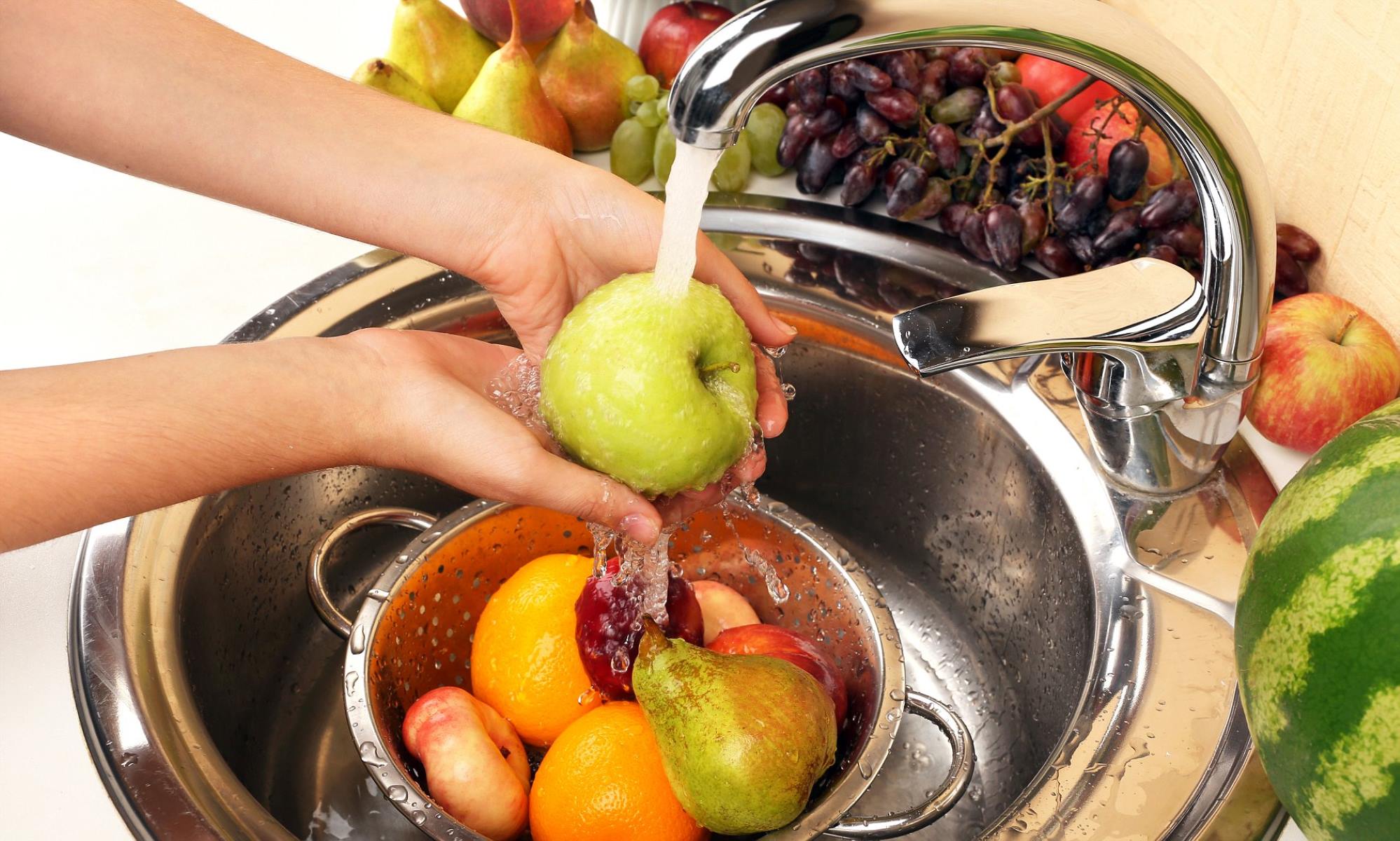
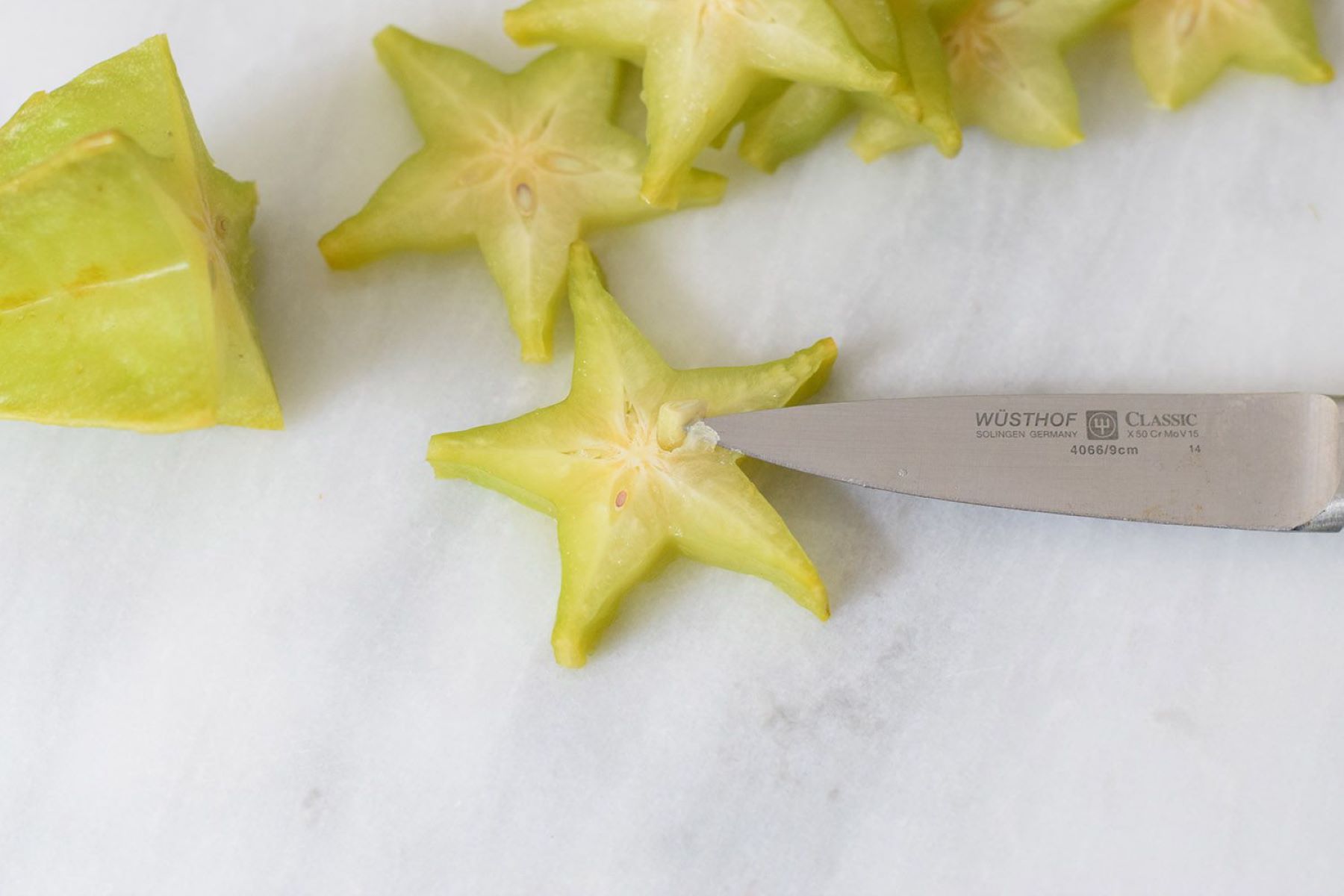
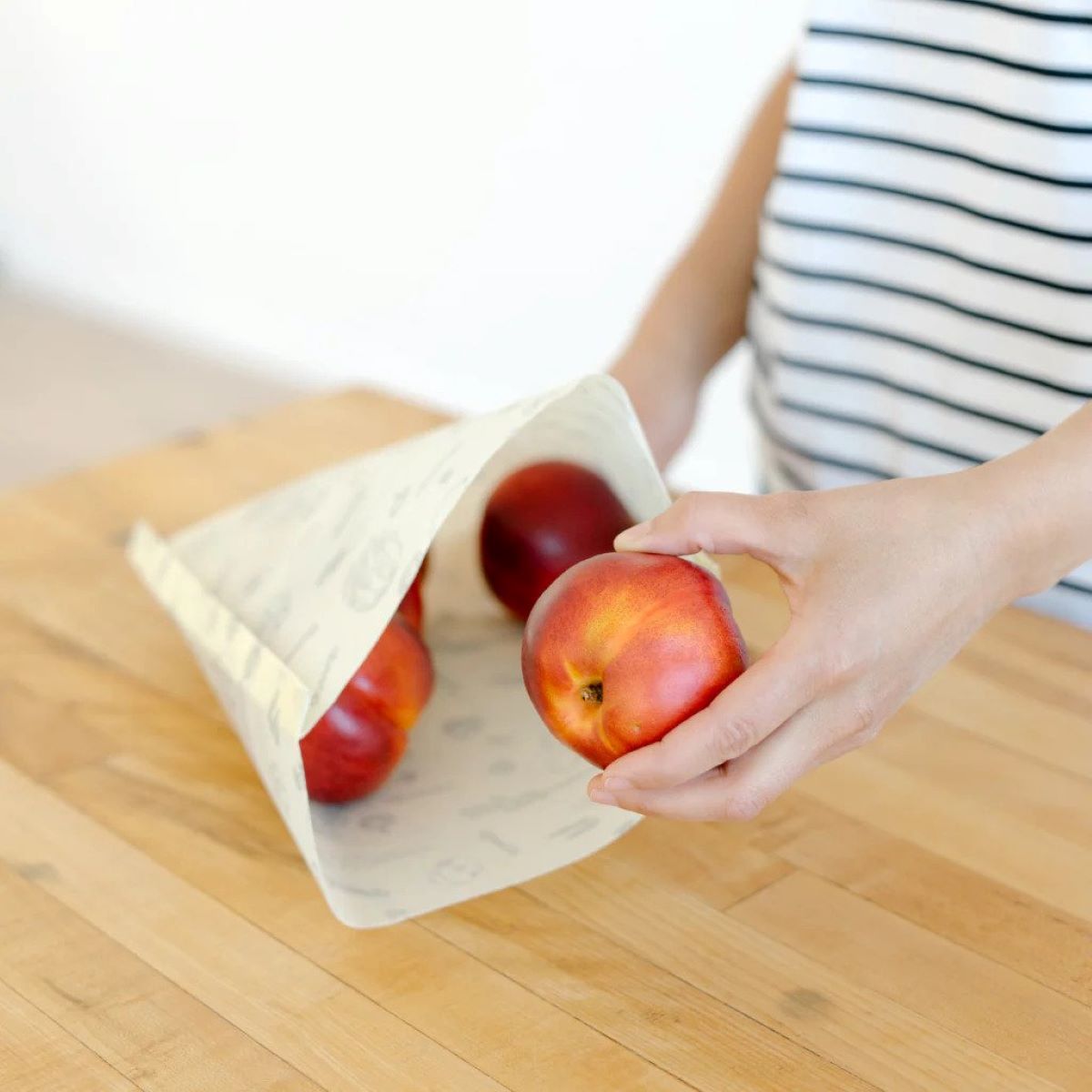
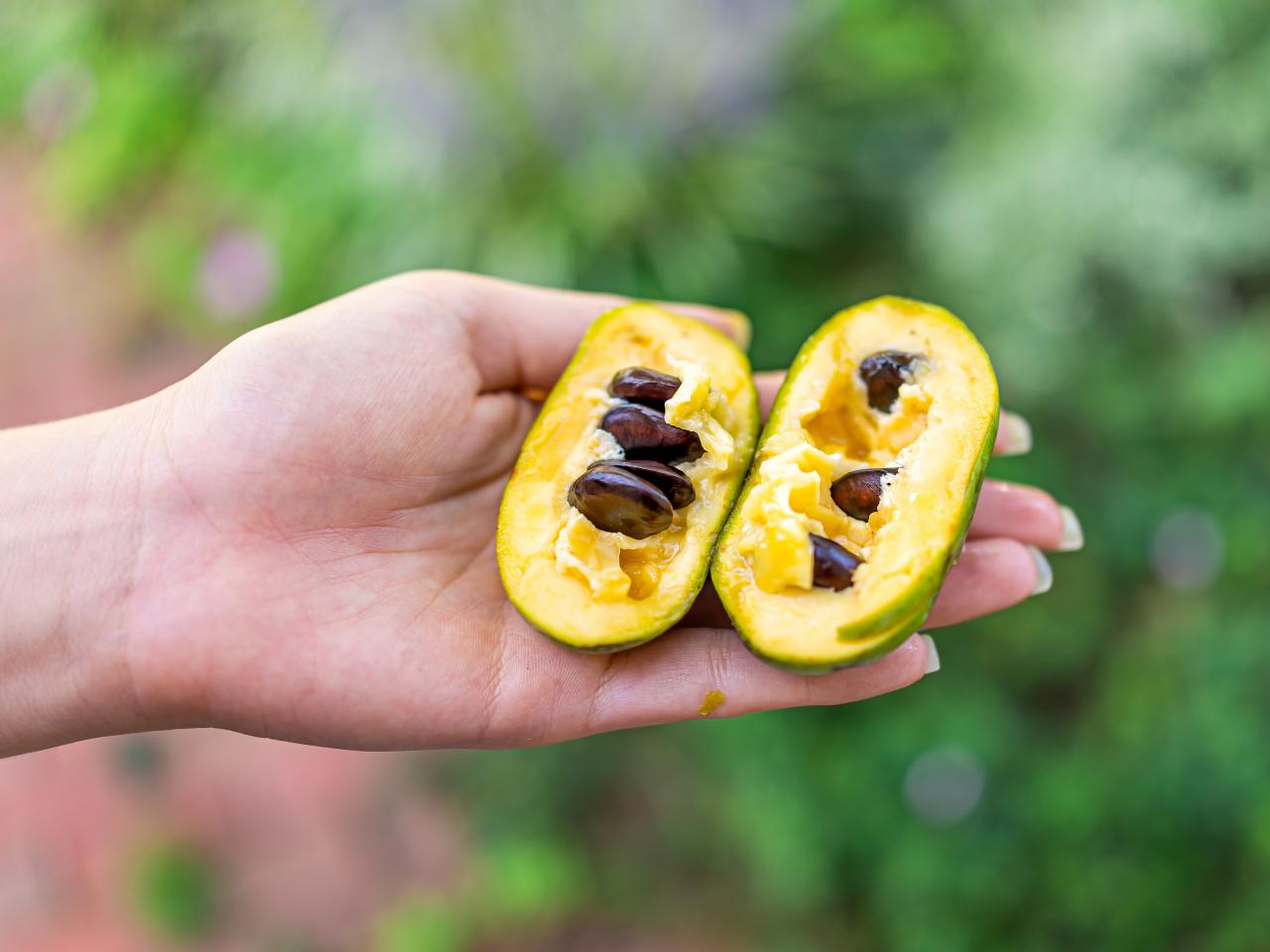
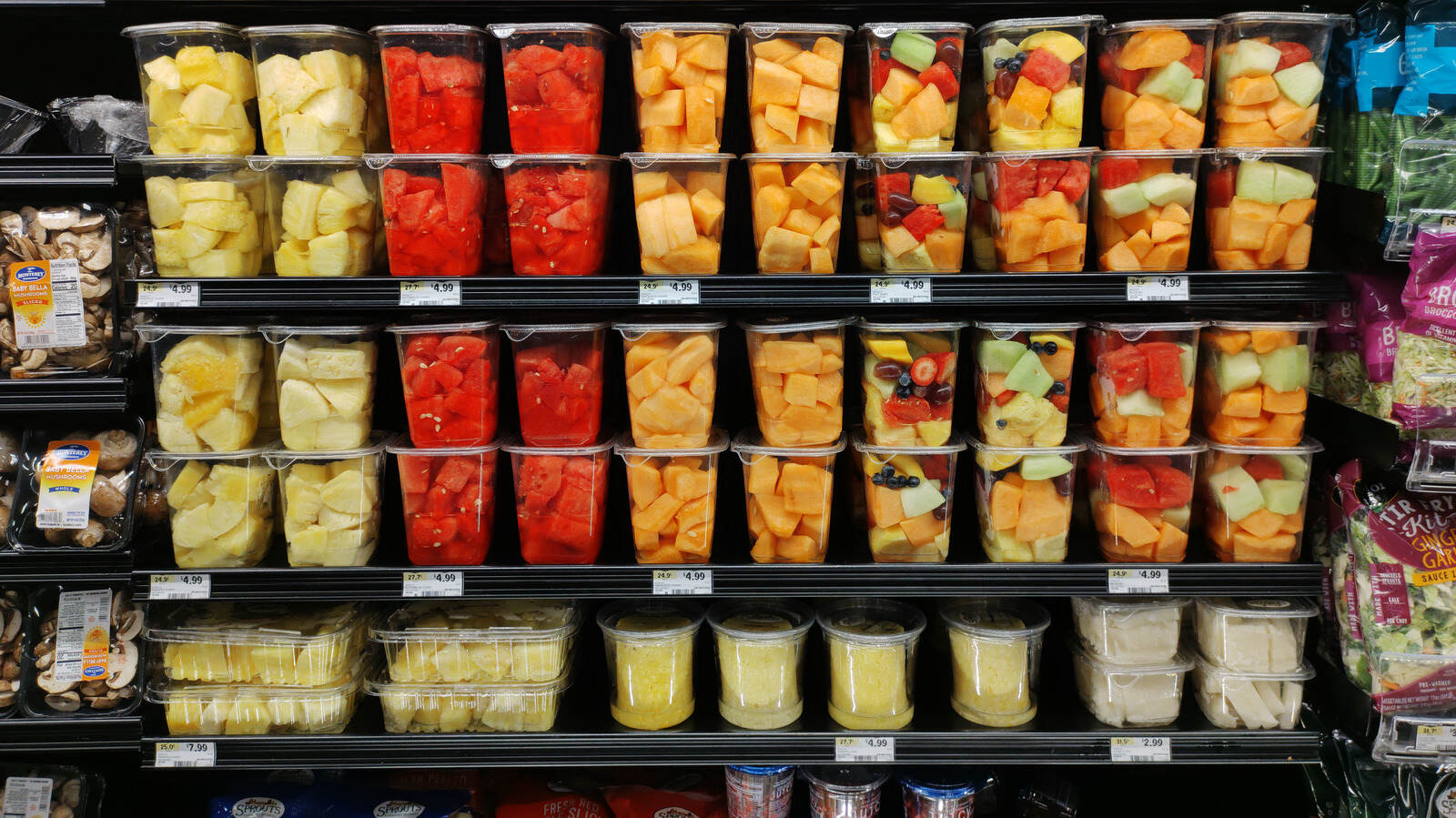
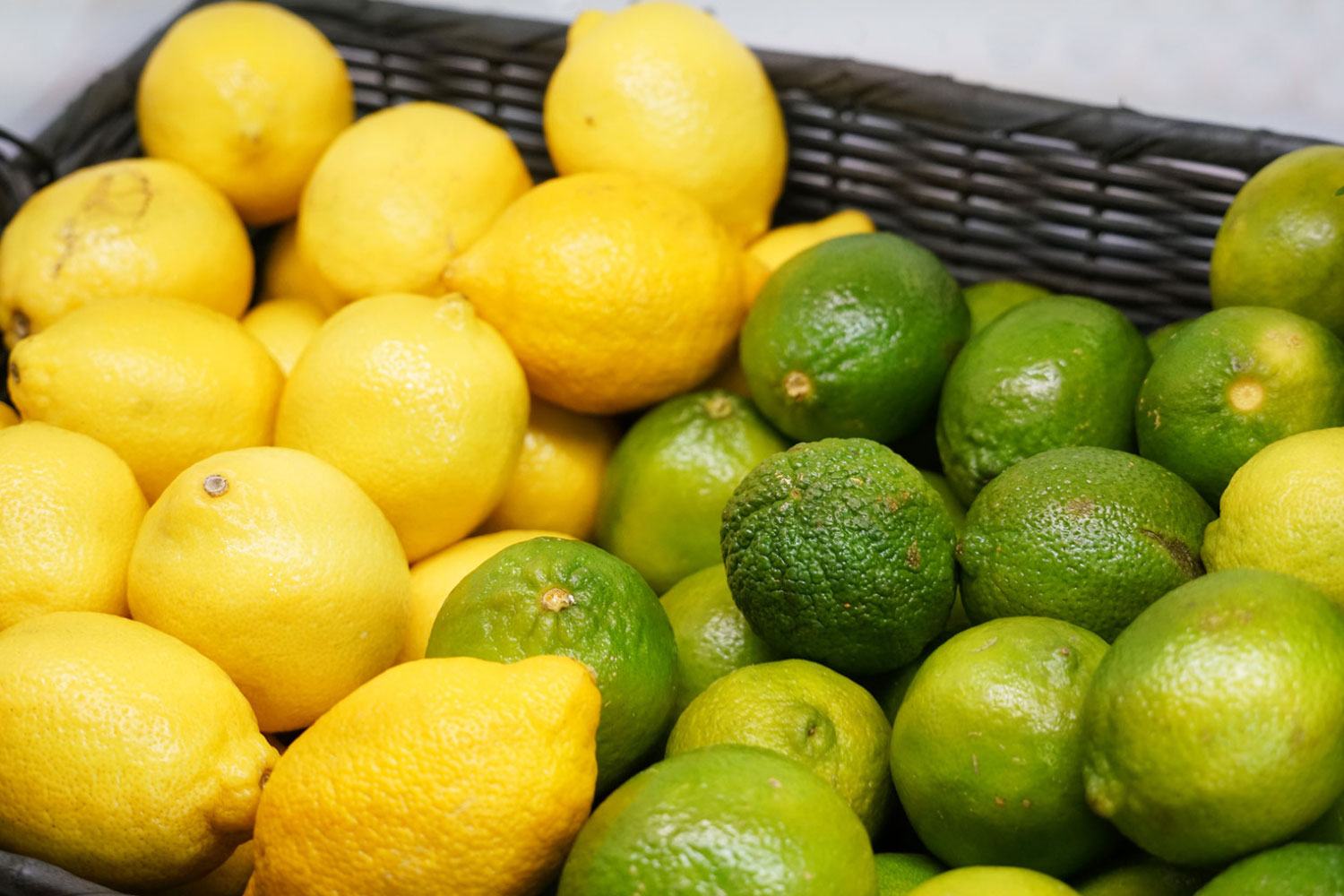
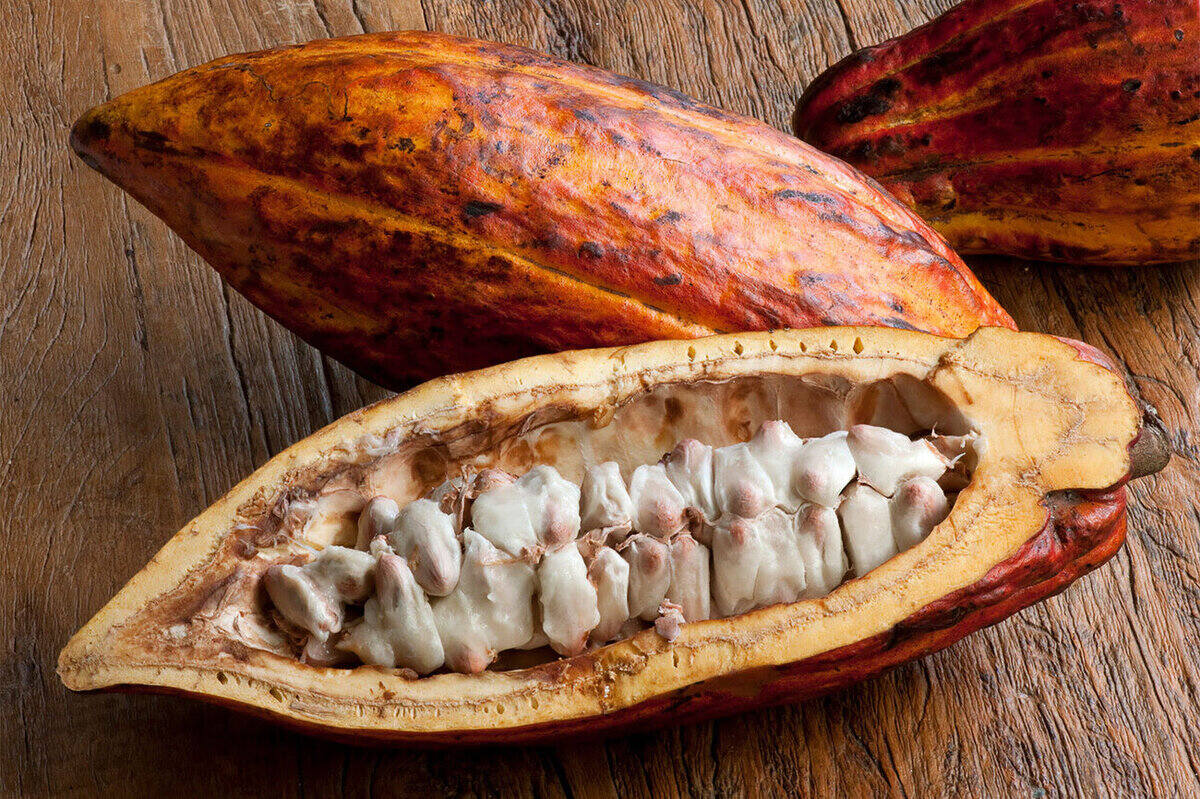
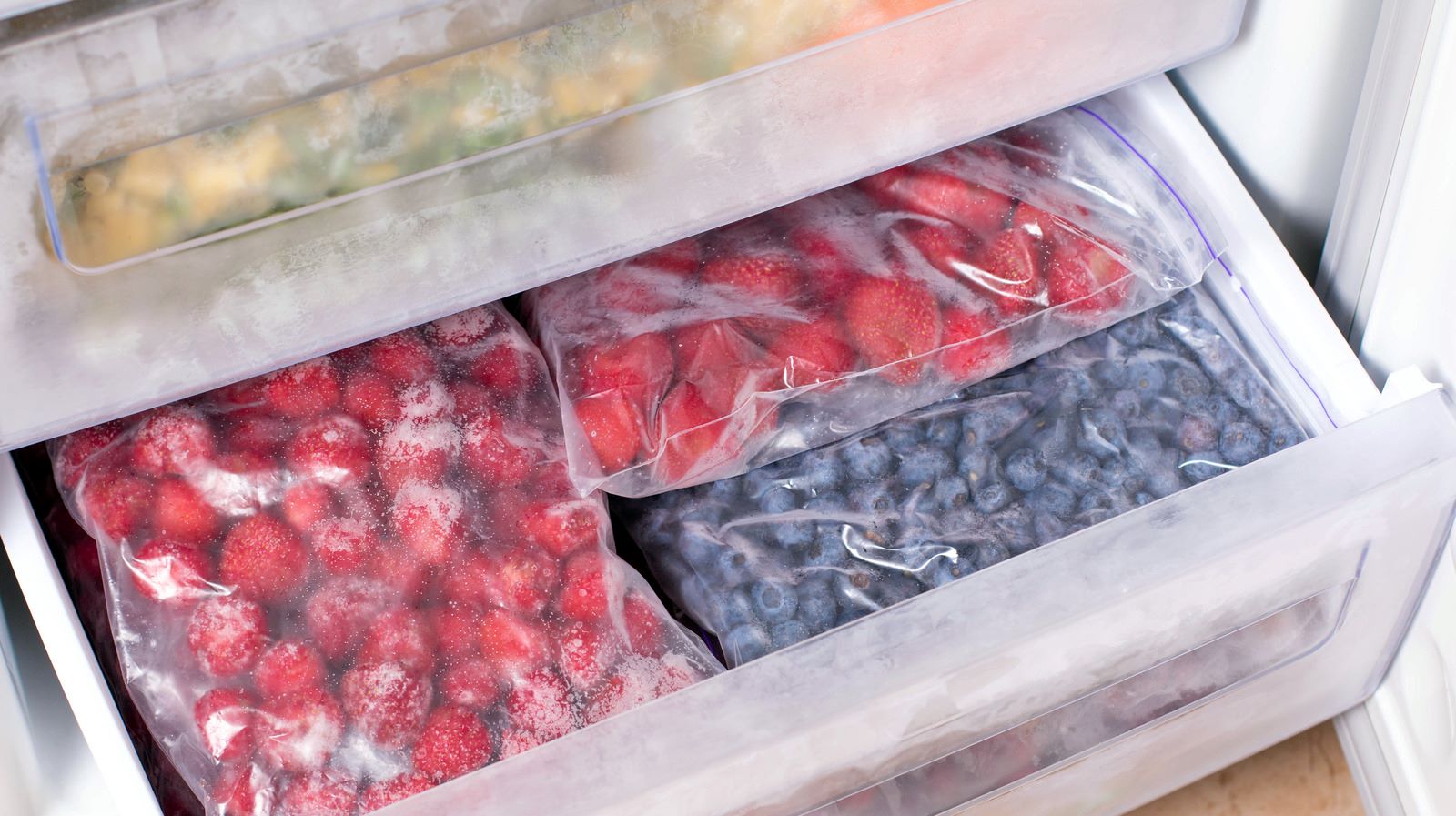
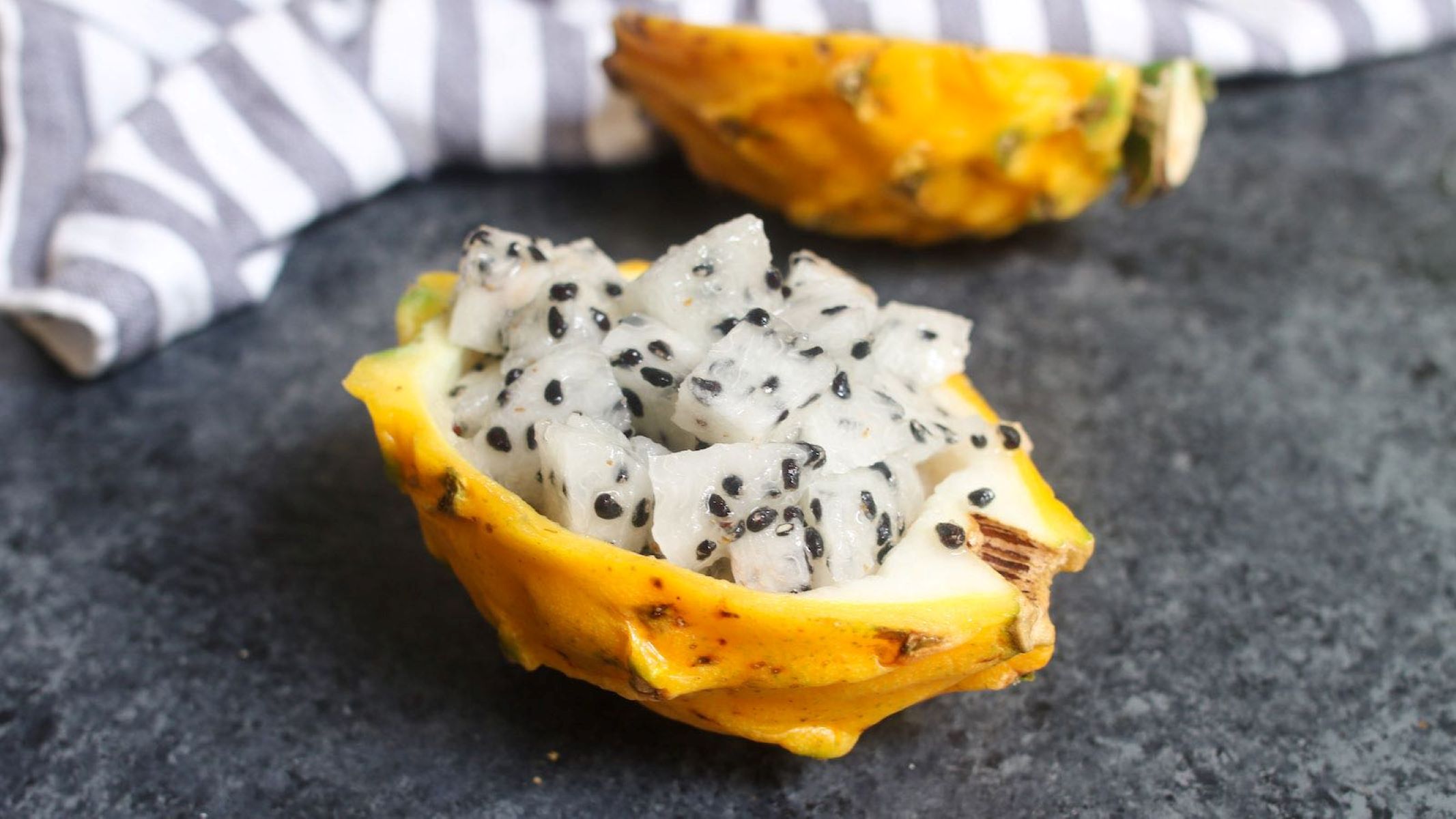
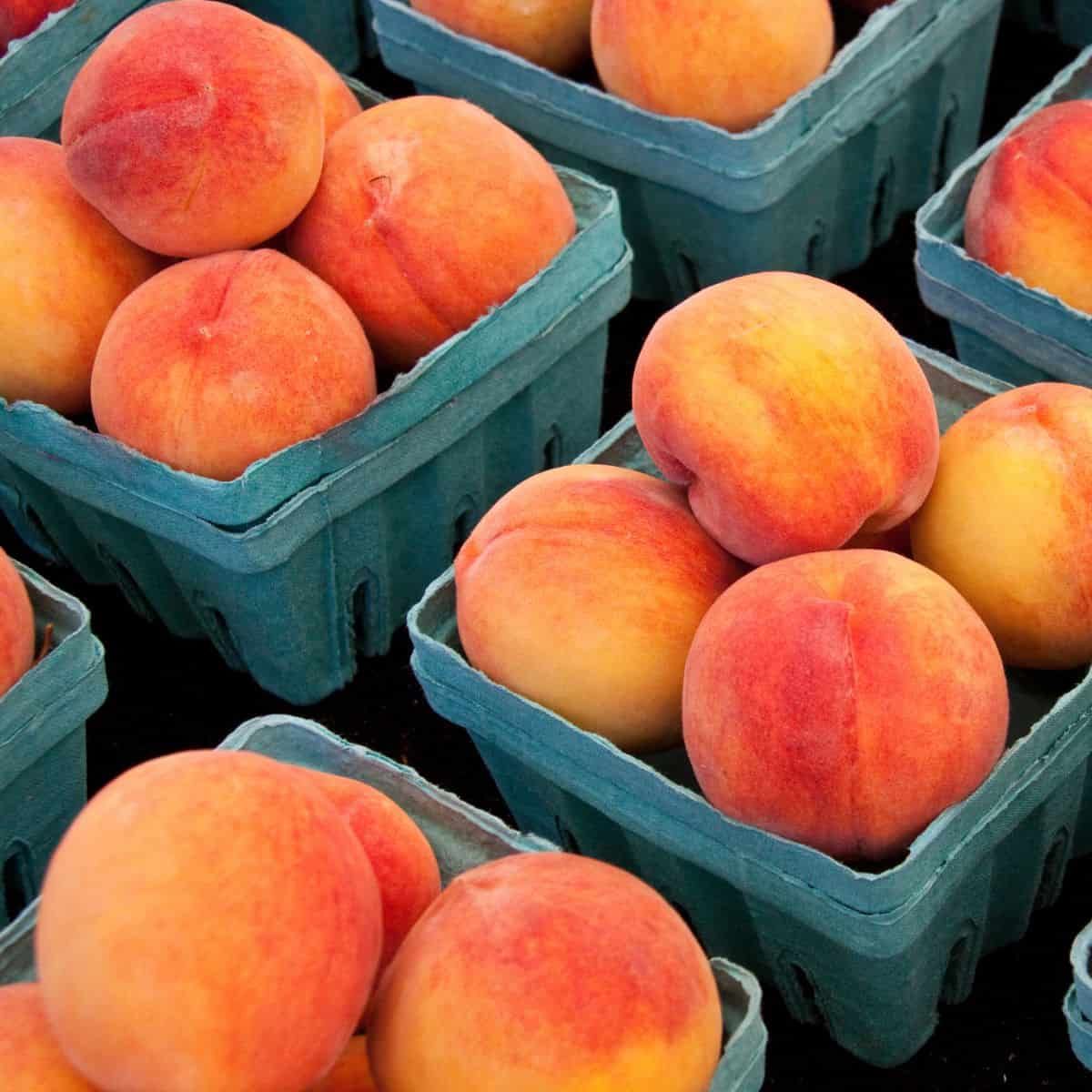
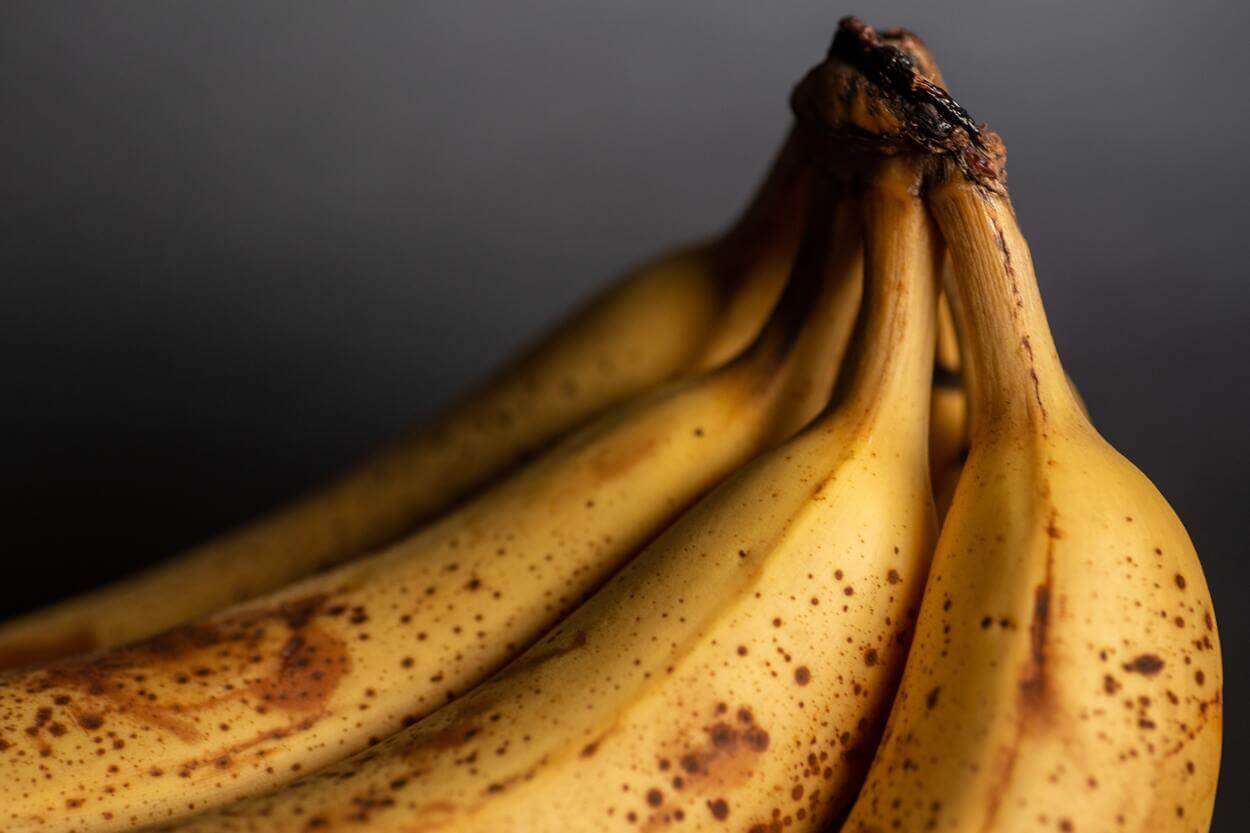
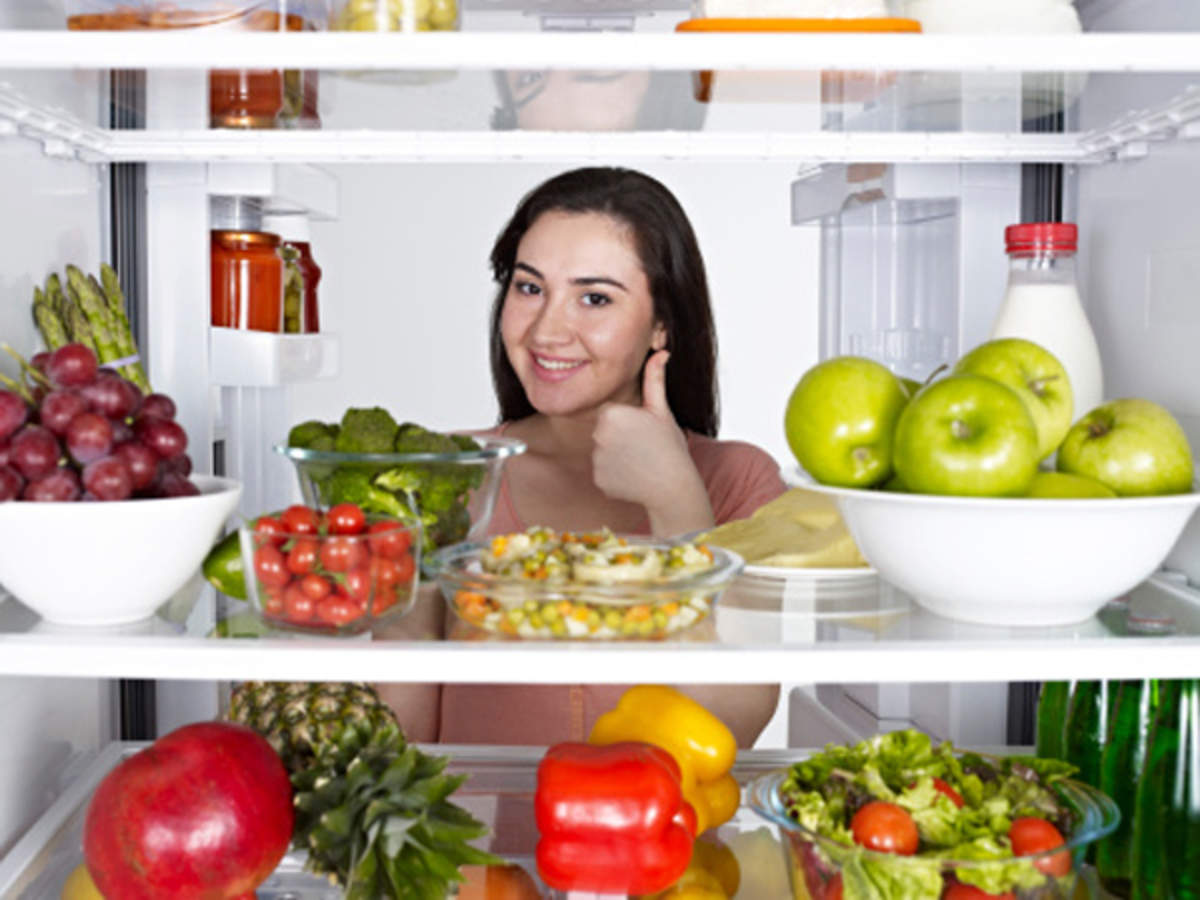
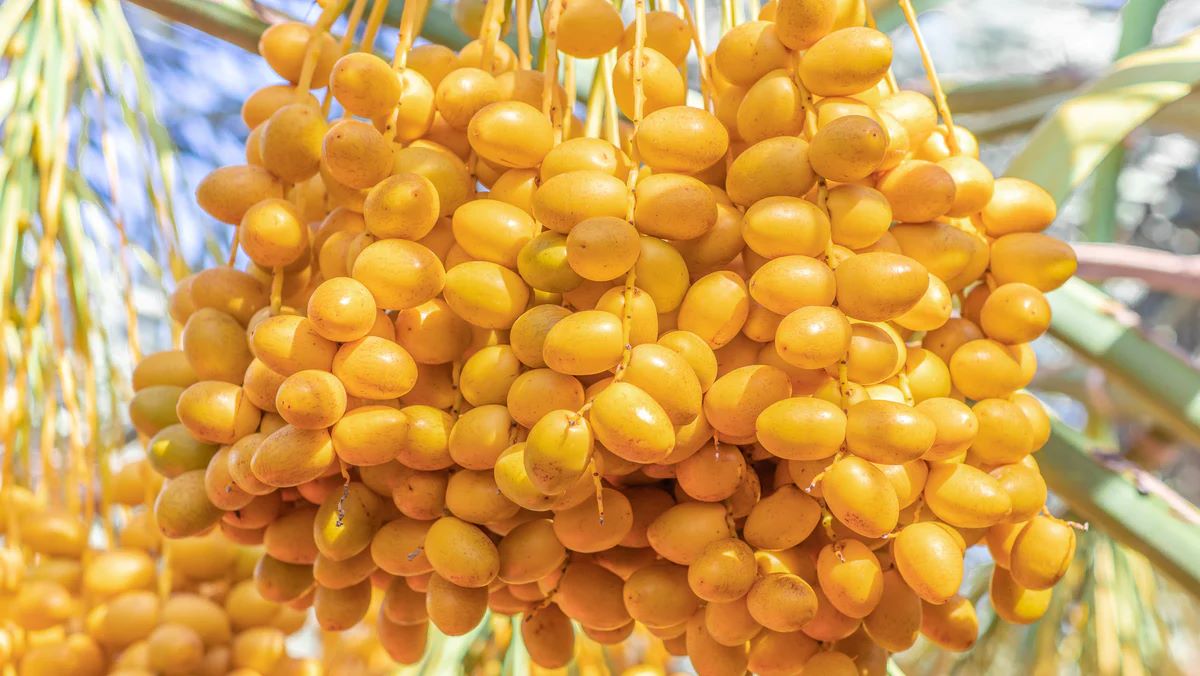

0 thoughts on “How To Store Vegetables And Fruits”